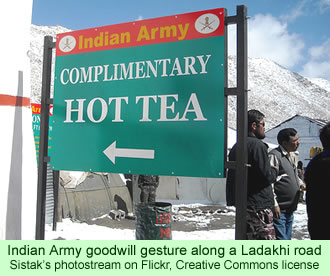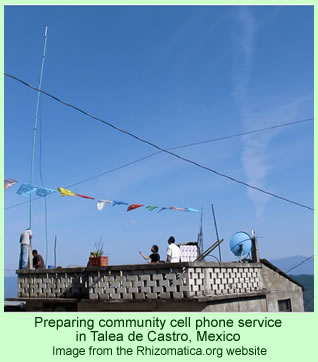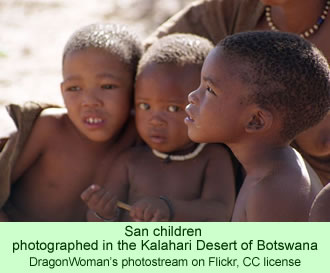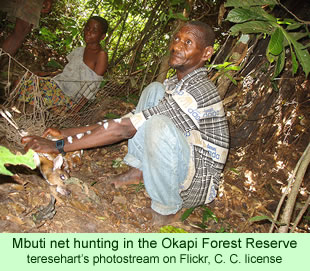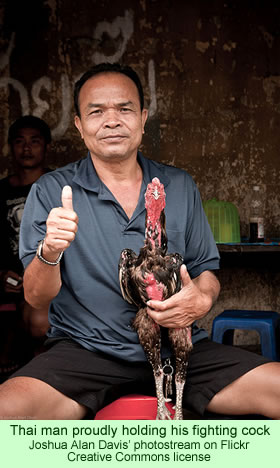“Lepcha was the language spoken in the Garden of Eden,” thought G. B. Mainwaring, the British general and scholar who published in 1876 a comprehensive grammar of the Lepcha language. Geoffrey Gorer provided that quote on page 39 of his book Himalayan Village: An Account of the Lepchas of Sikkim.
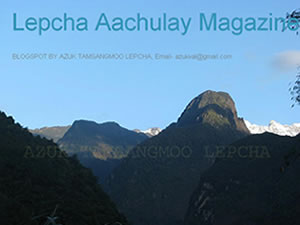 Gorer criticized Mainwaring’s Lepcha grammar and his subsequent work on a dictionary of Lepcha, which was only published after his death. But his negative opinions about Mainwaring’s works are clearly not shared by three Lepcha scholars who published articles about him in the current issue of Lepcha Aachulay Magazine. Issued on Friday, October 4, these three articles provide quite positive assessments of Mainwaring’s work and his influence on Lepcha studies.
Gorer criticized Mainwaring’s Lepcha grammar and his subsequent work on a dictionary of Lepcha, which was only published after his death. But his negative opinions about Mainwaring’s works are clearly not shared by three Lepcha scholars who published articles about him in the current issue of Lepcha Aachulay Magazine. Issued on Friday, October 4, these three articles provide quite positive assessments of Mainwaring’s work and his influence on Lepcha studies.
While not overlooking the weaknesses inherent is some of Mainwaring’s approaches to lingusitics, they all indicate that his publications strengthened the Lepcha language, culture, and society. Lyangsong Tamsang’s article “General G. B. Mainwaring, Champion of the Lepchas” provides a concise overview of the scholar’s life and work. Most helpful of all, Tamsang indicates that “Mainwaring” is correctly pronounced “Mannering.”
Mainwaring, born in India of British parents in 1825, joined an army regiment in 1842, while still age 16. He served in different campaigns, evidently distinguishing himself because he rapidly rose through the ranks. But he was particularly noticed by his superiors for his skill in languages. In 1857, he served as an interpreter for Hindi and Urdu. In 1867, he was sent to Darjeeling to work on a grammar of the Lepcha language.
He settled in what is now West Bengal state and lived there for over 20 years. He spoke Lepcha fluently, dressed in Lepcha clothing, and, according to one report, married a Lepcha woman. He would even wear his Lepcha garb when he had to travel into the cities for official business.
He studied Lepcha for many years under the guidance of a Lepcha priestess named Mun Dey Mem. His 1876 Grammar of the Lepcha (Rong) Language has been frequently criticized because it analyzed the language in terms of the structure of Latin rather than describing it as it actually exists.
His subsequent Dictionary of the Lepcha Language, edited and published in 1898, five years after his death, has also been criticized for its failings, although Lyangsong Tamsang describes aspects of that work that are worthwhile.
He writes that Mainwaring bought about 80 acres of land near the communities of his beloved Lepcha friends, and he left the property to his mentor, Mun Dey Men, on his death. She died without having children of her own, so the land has passed down through the children of her sister. One of the great grandsons of the sister now owns the land, and preserves a 27 acre tract of woodland for its natural values.
Lyangsong Tamsang concludes by writing, “it is the General who said that the Lepcha language is one of the most ancient languages of the world. This remarkable man who loved the Lepcha language and respected the Lepcha ways of life, living, culture, traditions and heritage tried very hard indeed to protect as well as to promote, the Lepcha language and succeeded in doing so. Today the Lepcha language is alive and well.”
Another article on Mainwaring, “A New Beginning in Rong Sukdum,” by Kachyo Lepcha, concludes that their language, while threatened and suppressed for generations in Sikkim and northeastern India, has been staging a comeback in recent decades. The language was officially introduced in the school curriculum of Sikkim in 1975, and in 2001 it was introduced into the graduate levels in the government colleges of Sikkim. In 2012, it was included as an honors subject at the graduate level.
D. C. Roy’s contribution to the current issue, “George Byres Mainwaring: A More Lepcha than Most Lepchas,” is the most comprehensive account of the three on Mainwaring’s life and work. Roy quotes Mainwaring extensively on Lepcha life, culture, and language. For example, his quote from Mainwaring’s grammar of 1876 deals with the peacefulness and character of the Lepcha people:
“Of the language I cannot speak too highly. The simple and primitive state in which the Lepchas lived is admirably shown by it. It has no primary word (beyond the words for gold and silver) to express money, merchants or merchandise, fairs or markets. Their peaceful and gentle character is evinced by their numerous terms [for] tenderness and compassion, and by the fact that not one word of abuse exists in their language.
“Nevertheless the language itself is most copious, abounding in synonyms and possessing words to express every slightest change, every varying shade of meaning, it admits of flow and power of speech which is wonderful, and which renders it capable of giving expression to the highest degree of eloquence. The language also [attests] the astonishing knowledge possessed by the Lepchas.”
Roy goes on to write his own opinion, that “General G.B. Mainwaring is … more Lepcha than most Lepchas of today.” He indicates that the general always dressed in the Daampraa, the traditional costume of Lepcha men, including the Thyaaktuk, the Lepcha hat. By learning the language, Roy argues, Mainwaring became a true Lepcha—he loved the Lepcha people and their culture, and lived the way they did.
He expressed his attachments to Lepcha ways in his writings. Though his words may strike cynical outsiders as overly sentimental, they reflect the spirit of a sensitive Englishman who enjoyed living among the Lepcha people of the Darjeeling area. As quoted by Roy, Mainwaring wrote:
“Their religion was particularly simple; they believed in one Good Spirit, and in innumerable evil spirits; to the former they conceived their worship was due, and to Him they offered their prayer and thanks giving; the latter they considered prowls about, and haunt[s] every spot; to them they attributed whatever sickness or misfortune befell, therefore [they] deemed it requisite to propitiate them, which they did by offerings of rice &c. The first fruits of the season were always offered to the Good Spirit.”

